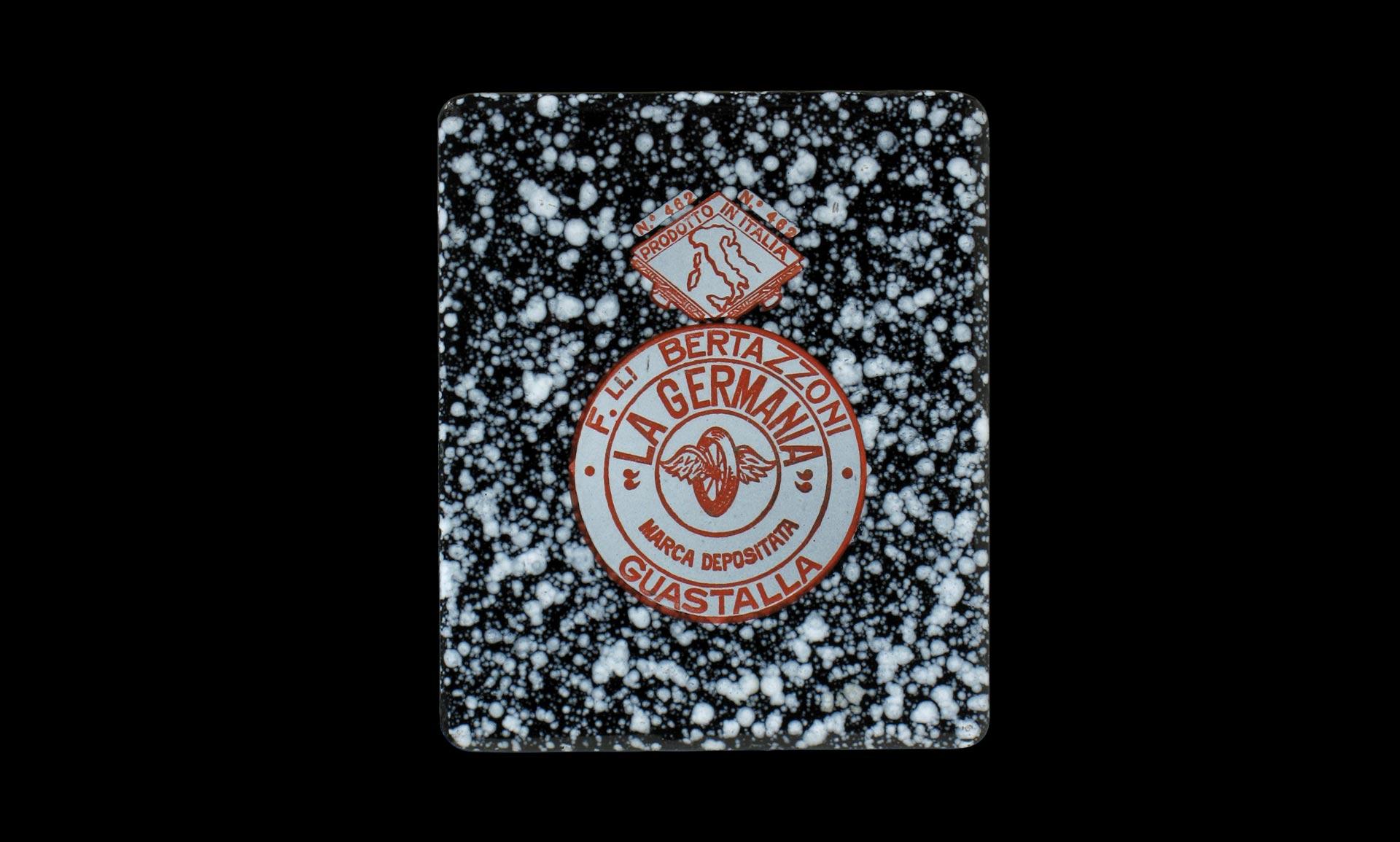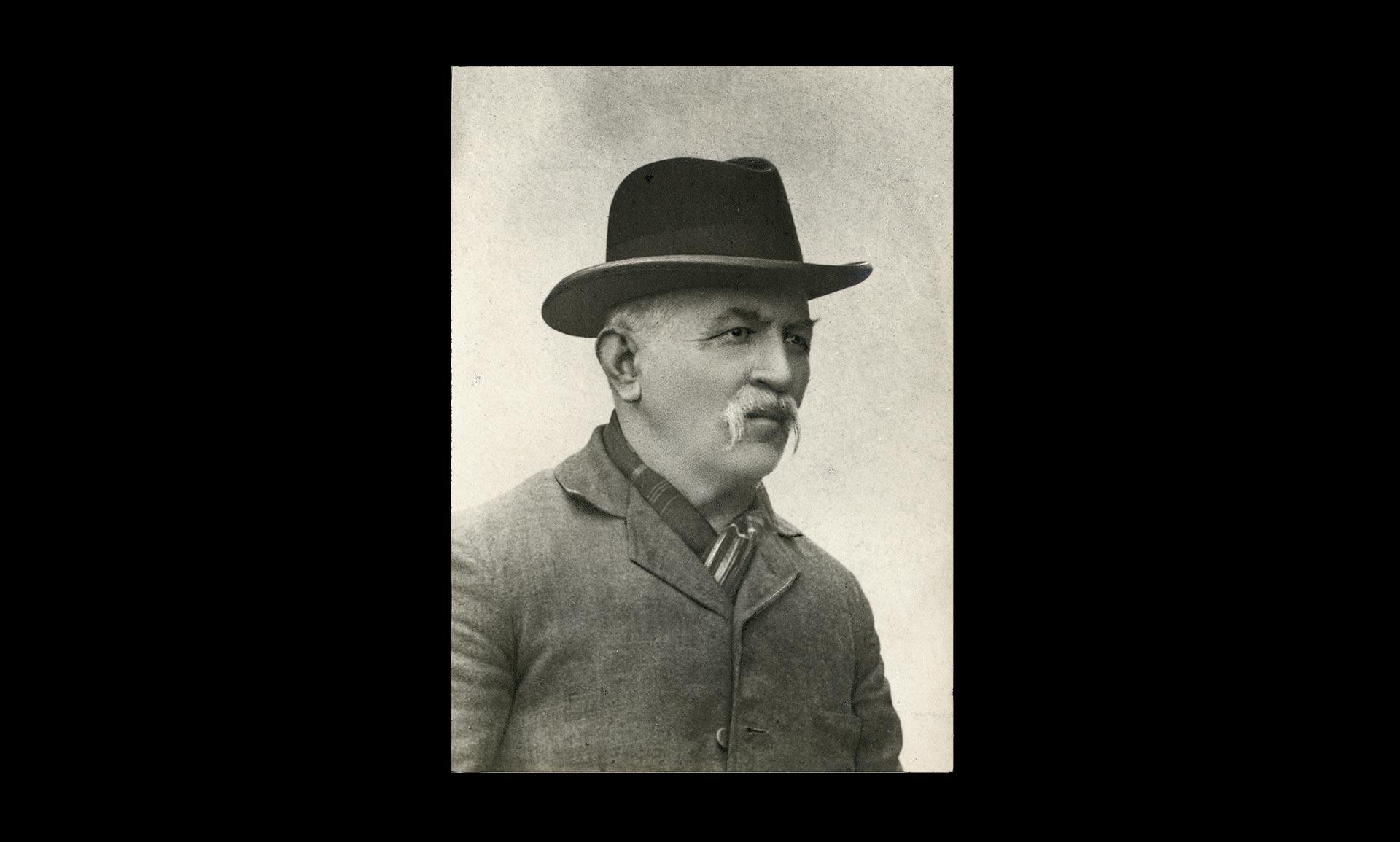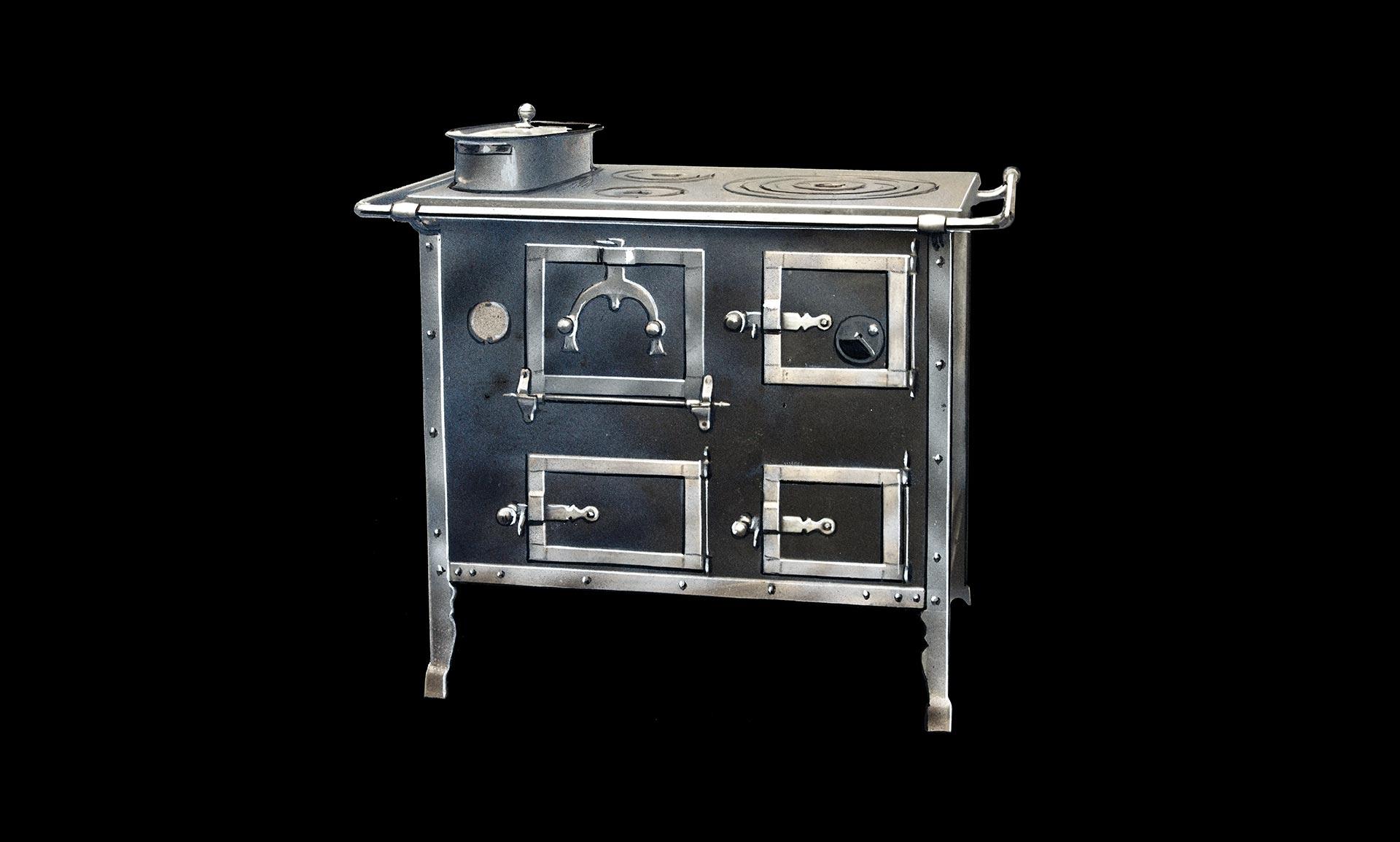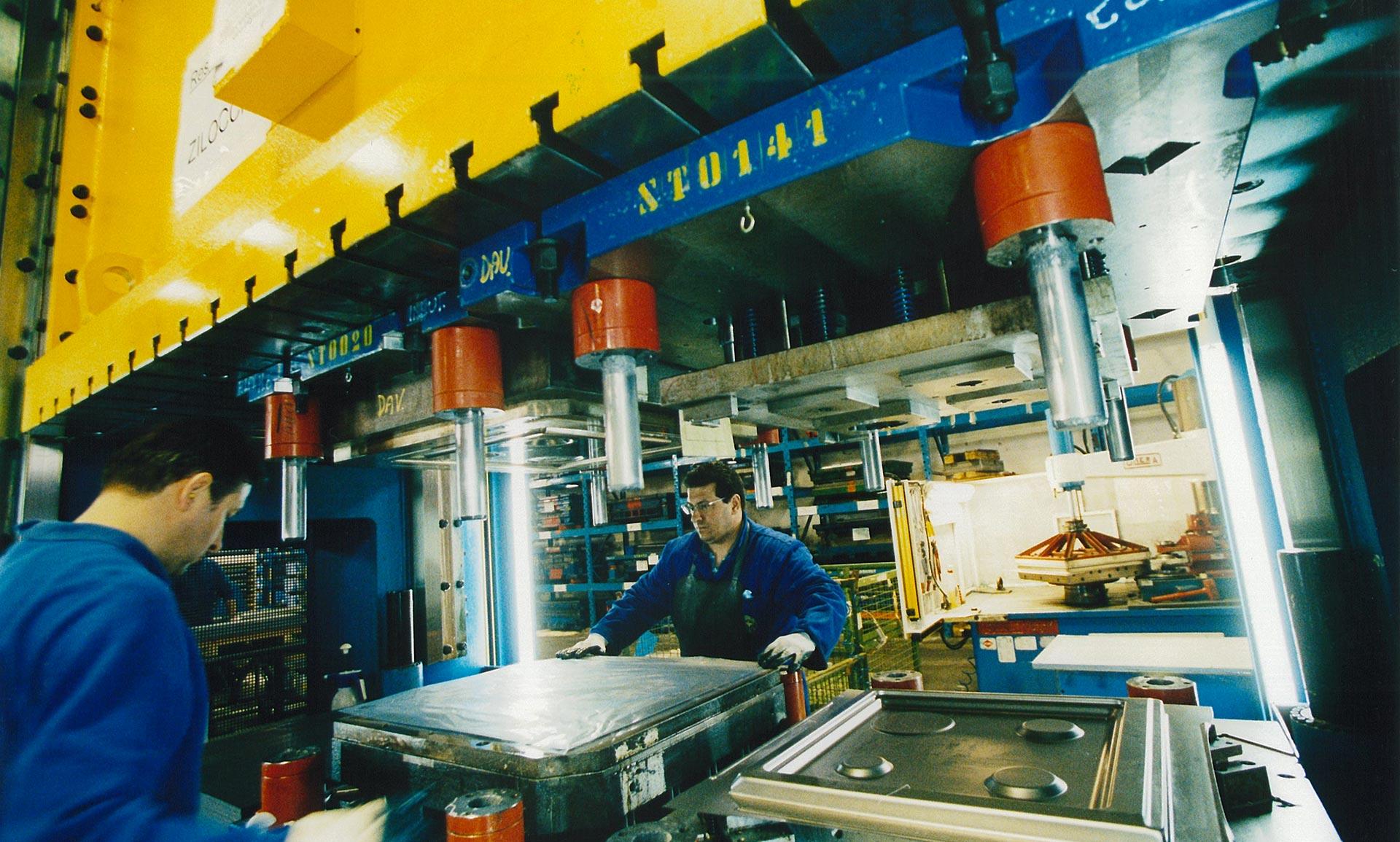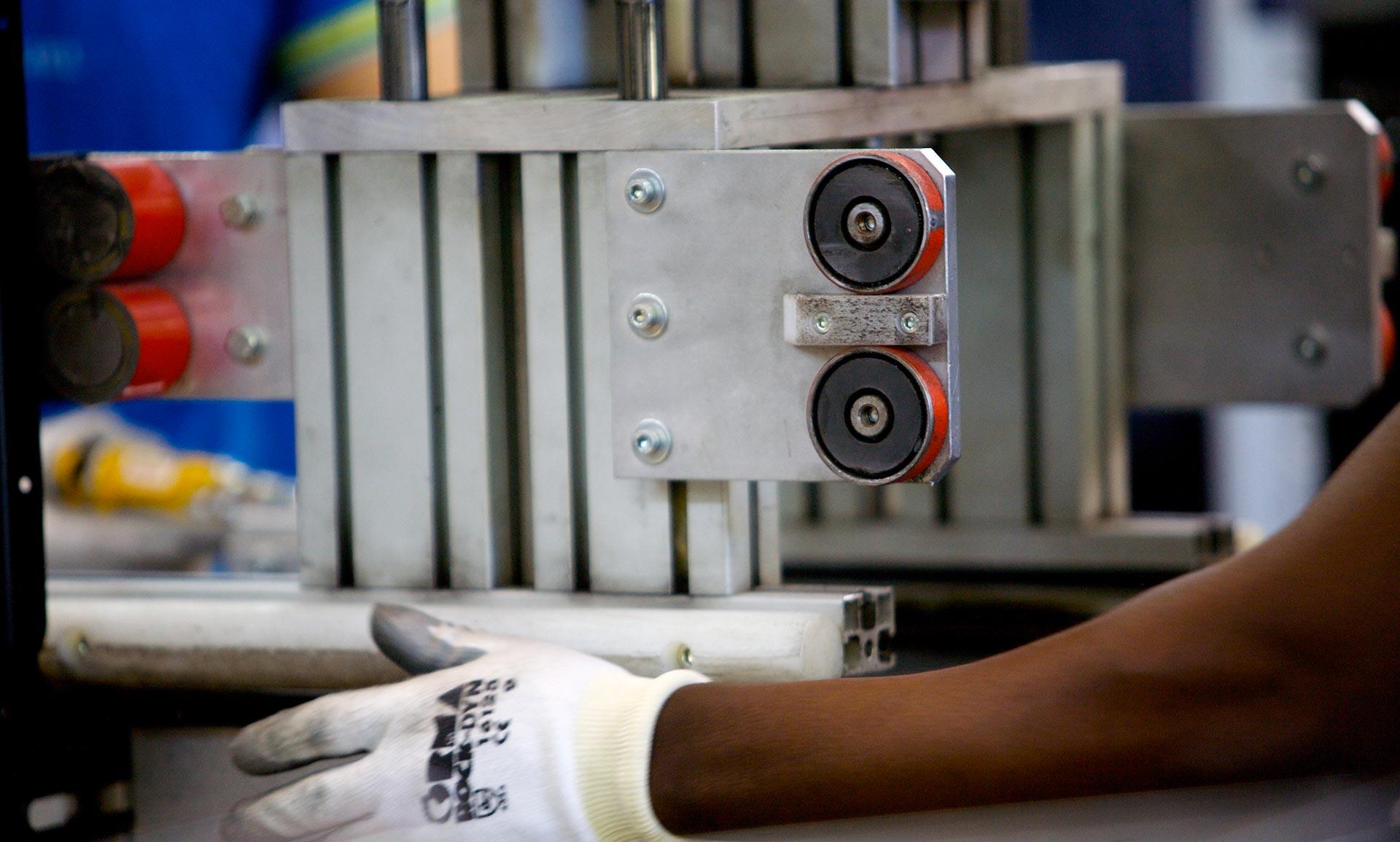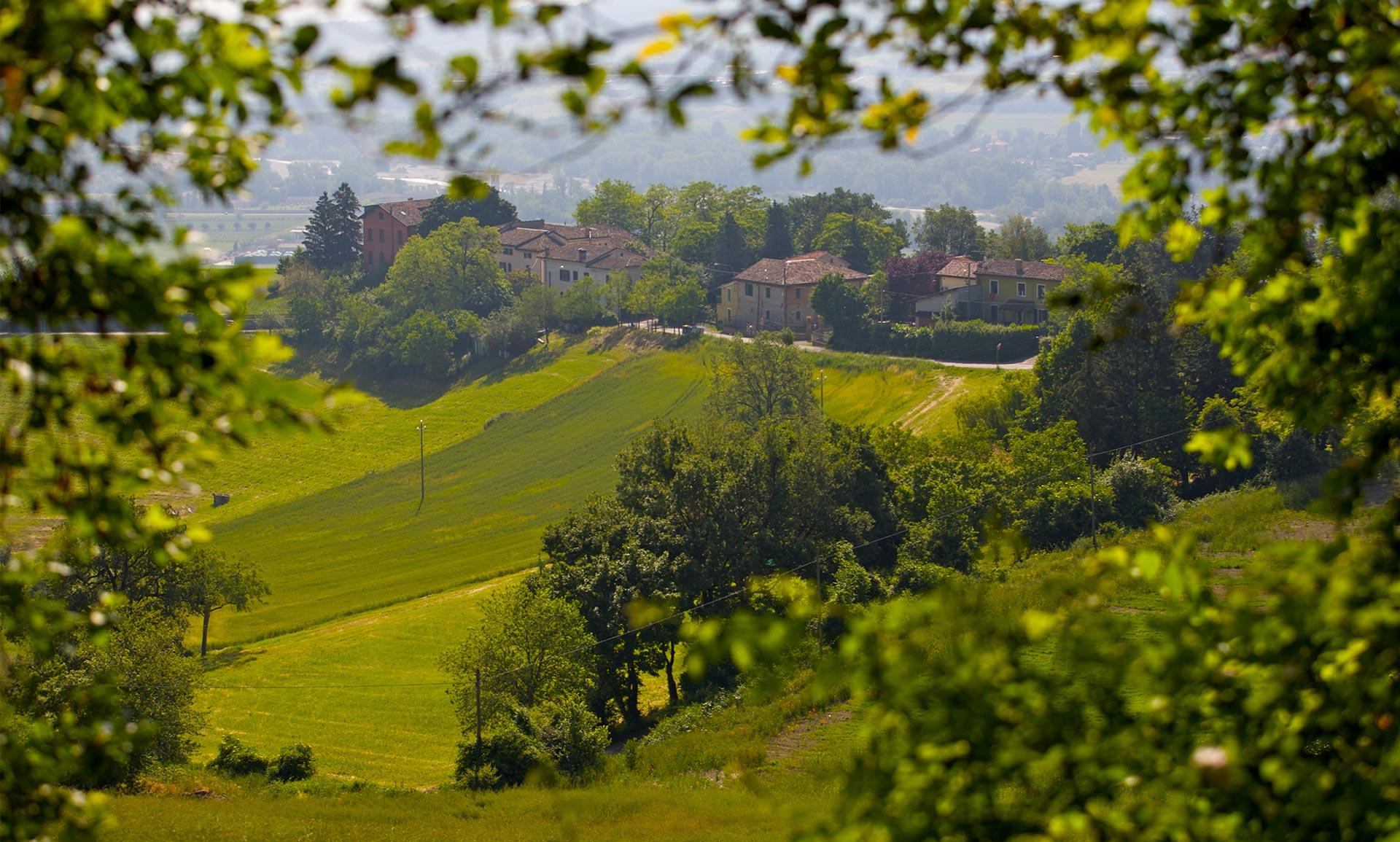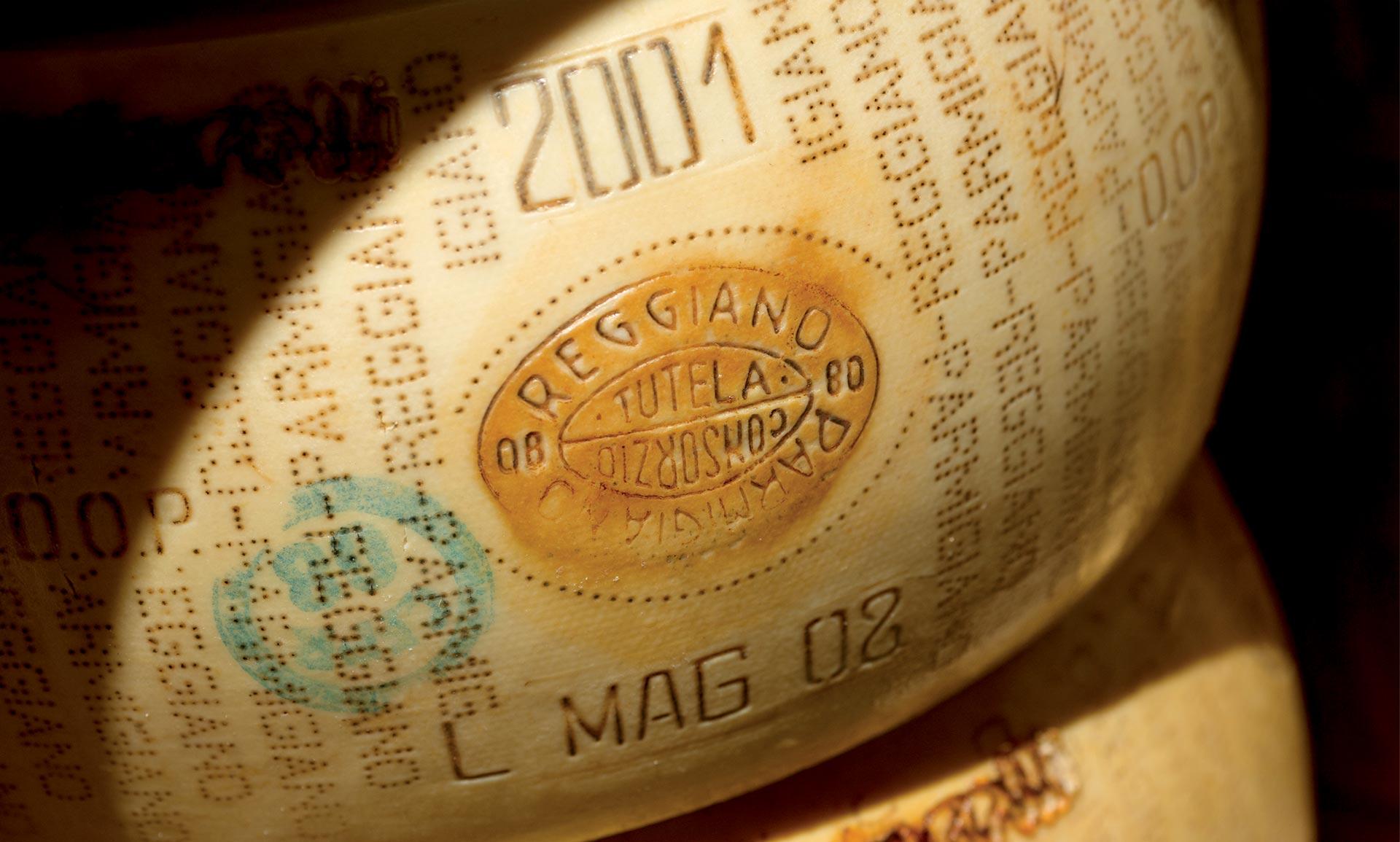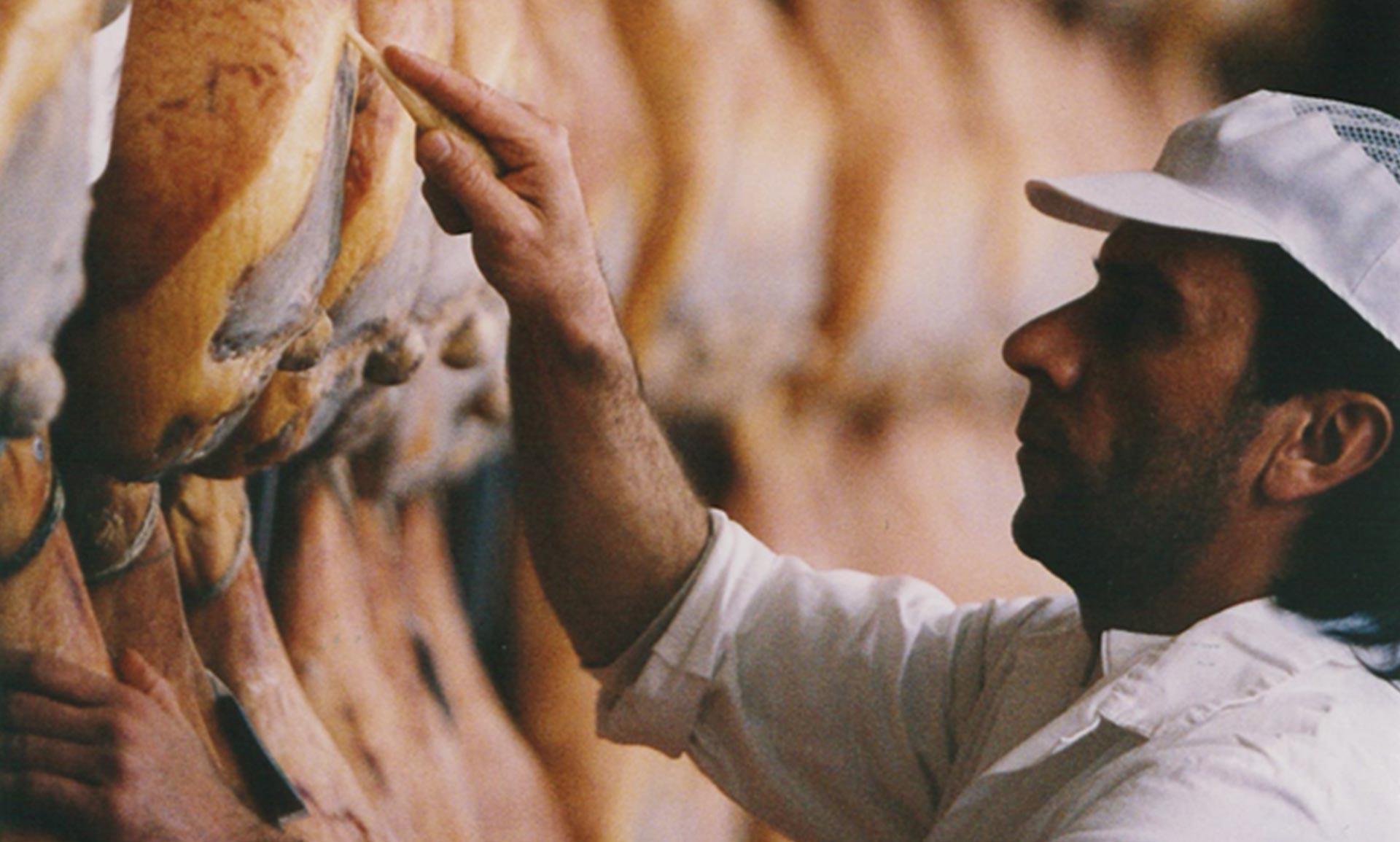Family character
Bertazzoni is today a byword for style and excellence all over the world. The family company is presided over by the fifth and sixth generations – an unbroken line that stretches back to the 19th century and an Italian town called Guastalla near Parma. This is where Francesco Bertazzoni, a maker of precision weighing machines for the cheese industry, noticed a new type of wood burning stove being used for heating railcars on the railroad from Germany. He and his son Antonio began to make their own stoves, which were soon being sent all over Italy.
Out into the world
In 1909 the family established its first factory. They expanded again in the 1920s as their wood burning stove cookers - sold under the La Germania brand - won awards of excellence. Napoleone, Francesco’s grandson, introduced new mass production techniques he learned while working for Fiat in Turin. In the inter-war years, stove production soared to 80,000 units.
In the 1950s Bertazzoni began to make its first gas stoves. The clean, instant energy transformed the prospects of the company. In the 1960s the first exports began and, by the turn of the century, the company’s cooking appliances were being sold in over 60 countries around the world.
In 2001, the company introduced the unequalled 'Toyota system' for manufacturing that relies on the relationship between exceptional speed and uncompromising quality, dependent on the commitment and culture of the company's people. Bertazzoni also began exhaustive analysis of the American market and in 2005 launched a series of all-new ranges there under the new 'Bertazzoni' brand name. Success soon followed.
Today Bertazzoni exports its cooking appliances all over the world selling at the top end of the market through a high-quality dealer network, both under the Bertazzoni and the Bertazzoni La Germania brands names.
In 2005 the Bertazzoni brand was first introduced in the USA and Canada. New international alliances were forged as the growing network of distributors, dealers and other specialist agents helped move the brand forward and open up new markets.
The new age
Production in Bertazzoni’s modern manufacturing facility in Guastalla has quadrupled since 1998. Now the size of the plant is being further increased to boost capacity and add new products. New vigor and ideas are being embraced in innovative market strategies as the fifth and sixth Bertazzoni generations guide the international sales and brand management of the company.
For all its modernization and global marketing, Bertazzoni never forgets that its roots are in the traditions of the Italian family, culture and style. And that the company remains a specialist in the very personal art of cooking.
